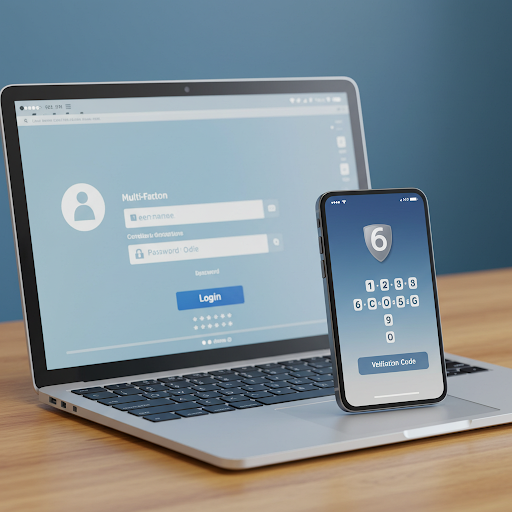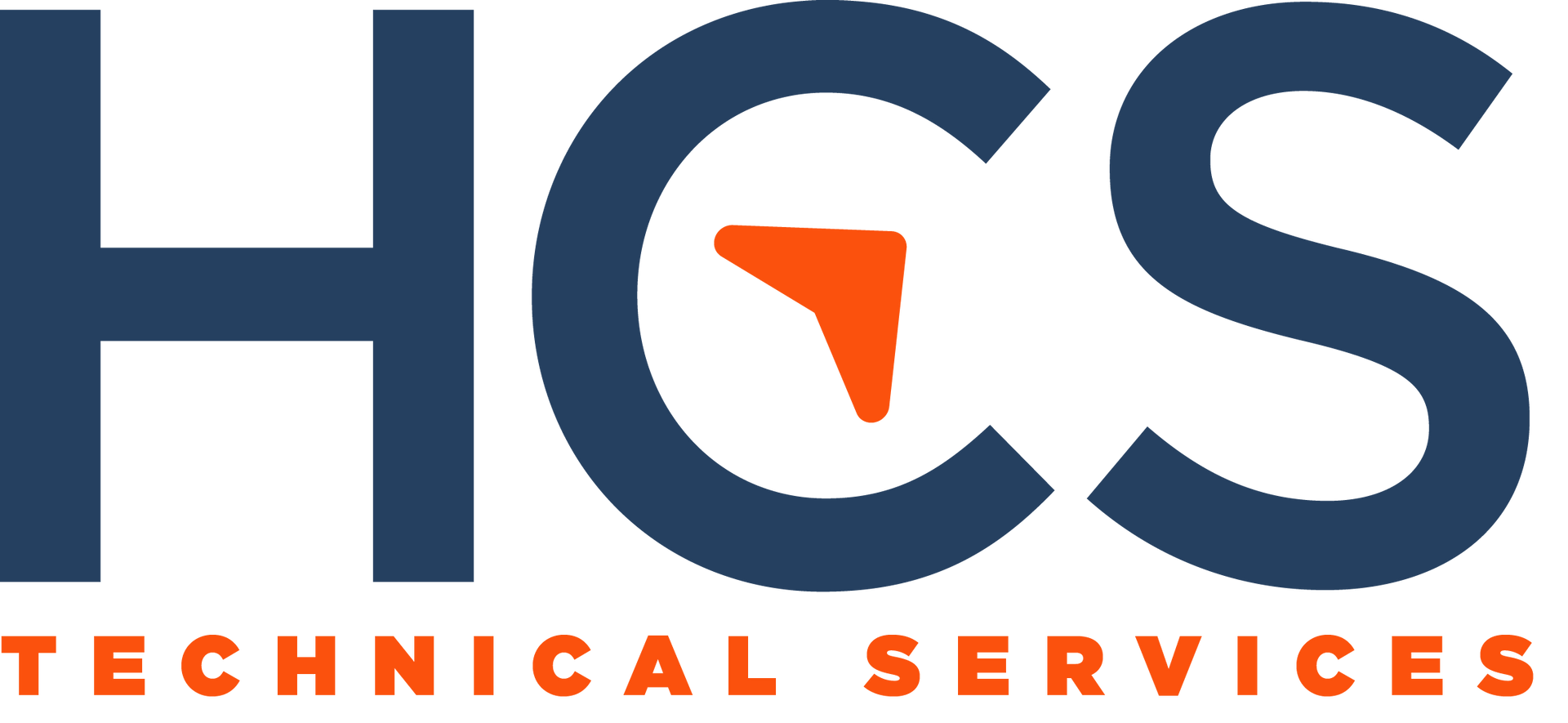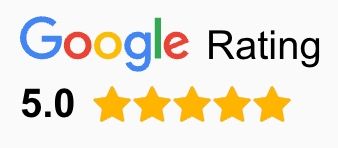How Can I Ensure Only Authorized Employees Have Access to Sensitive Company Data?
Locking Down Your Data: Strategies for Effective Employee Access Management

How Can I Ensure Only Authorized Employees Have Access to Sensitive Company Data?
In many small businesses, sensitive data is just a few clicks away for anyone with network access. This open-door policy can expose your business to unnecessary risks, including data breaches and unauthorized access. So, how can you ensure that only authorized employees have access to sensitive company data?
The Solution: Implement Role-Based Access Controls (RBAC)
The key to securing your systems and data is to implement role-based access controls (RBAC). RBAC is a security model that defines what resources users can access based on their job roles. By assigning access privileges according to an employee's responsibilities, you ensure that they only have access to the data and systems necessary for their work.
Actionable Tip: Categorize Data and Assign Access Accordingly
To get started with RBAC, categorize your data and systems by sensitivity and relevance to various job functions. For example, financial data might be categorized as highly sensitive, while marketing materials might be less sensitive.
Next, assign access privileges to each category based on job roles. For instance, your finance team would have access to financial data, while your marketing team would have access to marketing materials. By aligning access permissions with job requirements, you minimize the risk of unauthorized access and ensure that employees can efficiently perform their duties.
The Key Advantages of Role-Based Access Controls
- Enhanced Security: RBAC minimizes potential abuse or accidental exposure by limiting access to sensitive information to only those who need it. This reduces the risk of data breaches and helps protect your business's critical assets.
- Improved Compliance: Many regulatory frameworks, such as HIPAA or GDPR, require businesses to control access to data. RBAC helps in meeting these compliance requirements efficiently by providing a structured way to manage access permissions.
- Operational Efficiency: By streamlining access permissions, employees can find and use the data they need without navigating unnecessary hurdles. This improves productivity and reduces frustration, as employees don't have to request access to resources they need for their job.
- Reduced Risk of Insider Threats: Tighter controls over who can access what decreases the risk of internal data leaks, whether accidental or malicious. With RBAC, you can quickly identify and address any unusual access patterns, helping to prevent insider threats.
RBAC: Ensuring the Right Access at the Right Time
Role-based access controls aren't just about security; they're about ensuring the right people have the right access at the right time. By aligning access permissions with job responsibilities, you create a more secure and efficient work environment.
Get Expert Guidance on Implementing RBAC
Implementing RBAC can be a game-changer for protecting your business's critical data, but it can also be complex, especially for businesses with diverse roles and data types. For guidance on setting up effective RBAC systems, consider partnering with HCS Technical Services. Their team of experienced professionals can assess your current access control practices, recommend best practices for your industry, and help you implement an RBAC system tailored to your specific needs.
Ensuring that only authorized employees have access to sensitive company data is crucial for any business looking to protect its assets and maintain compliance. By implementing role-based access controls, categorizing data by sensitivity, and partnering with experts, you can create a secure and efficient access control system that keeps your data safe without hindering productivity. Don't let an open-door policy put your business at risk—start securing your systems with RBAC today.
HCS Technical Services











